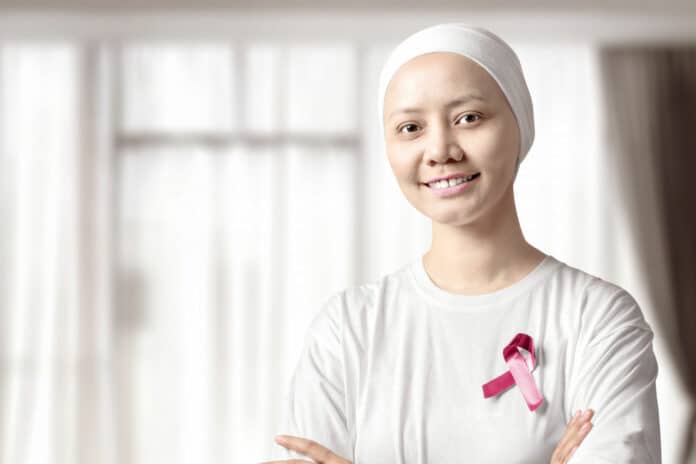From 2004 to 2020, more people used palliative care for cancer. However, non-Hispanic Black, Hispanic, and Asian patients with advanced breast cancer got it less often than white patients, as per findings from the 16th American Association for Cancer (AACR) Conference on Cancer Health Disparities, held in Orlando, Florida, in September-October 2023.
Palliative care is a treatment that helps reduce pain and side effects caused by cancer or cancer treatments. The National Cancer Institute says that when palliative care is included quickly in a patient’s treatment plan, it can make them feel better, improve their quality of life, and even help them live longer.
To ensure people get the proper palliative care, the National Comprehensive Cancer Network (NCCN) recommends that all cancer patients be checked to see if they need it, both when and during treatment. Patients, their families, and caregivers should also know that palliative care is essential to their treatment.
Jincong Freeman, MPH, MS, a doctoral student in the Department of Public Health Sciences at the University of Chicago, who presented the study, said, “It is essential to identify the needs of these patients, particularly racial/ethnic minority populations, and evaluate how oncology programs can integrate palliative care early into the cancer care continuum while ensuring equitable access.”
Freeman and his team studied how palliative care usage has changed for people with advanced breast cancer in the U.S. They also looked at whether there were differences in use among different racial and ethnic groups to see if some groups got it less often.
They used data from the National Cancer Database (NCDB), which has information from more than 1,500 cancer centers in the U.S. The data they used covered from 2004 to 2020 and included input from 148,931 patients with breast cancer that had already spread when they were diagnosed.
Freeman said, “The study showed that palliative care use increased significantly over time, from 14.9% in 2004 to 27.6% in 2020. Increases were observed across all racial and ethnic groups.”
However, non-Hispanic Black, Asian Pacific Islander and Hispanic patients were less likely to get palliative care than non-Hispanic white patients. The differences were 13%, 26%, and 35%, respectively, even considering their medical and social factors. However, there was no significant difference for patients who identified as American Indian, Alaska Native, or other.
Freeman pointed out that even though more people are using palliative care, many patients still aren’t getting it—more than 70% in 2020. He thinks this might be because some people don’t know about it, have cultural beliefs against it, or because doctors prefer other treatments. To fix this, he suggests following the NCCN’s advice to start palliative care early for all patients. He also wants doctors and patients to understand palliative care better and not confuse it with hospice or end-of-life care or think it can’t be used with active cancer treatment.
Freeman emphasized that we need to discuss the benefits of palliative care and address the differences in care for people with metastatic breast cancer from different backgrounds.
However, there are some limitations to this study. They might not have all the information about palliative care, so more research is needed. Also, they didn’t have details about patients’ symptoms or side effects, which can affect whether they need palliative care.
The study got support from different organizations, and Freeman has no conflicts of interest.
In conclusion, this study sheds light on the racial and ethnic disparities in palliative care utilization among breast cancer patients. The results underscore the importance of raising awareness about the benefits of palliative care and taking proactive steps to address these disparities, ultimately enhancing the quality of life for metastatic breast cancer patients from all backgrounds.
